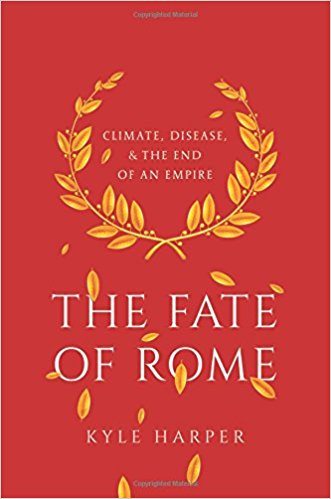The Fate of Rome: Climate, Disease, and the End of an Empire
The Roman Empire was spectacular in scope and duration. Its fall would be even more epic. The empire, always ever-reaching, would soon fall victim to barbarians from distant lands, disease, and early climate change. The official end would come with the fall of Rome in 410, but the signs had been present even longer. Pandemics would claim legions of citizens, claiming one person while skipping the next. Overpopulation and the invasions of other lands aided in the spread of the dreadful plagues. The climate would alter between temperate and extreme, unseasonable heat and cold reeking an ungodly havoc in either direction. The leadership of men such as Constantine and Justinian brought development and growth, yet the slave system still left the unfortunate to toil at another’s beck and call. Innovations in trade and technology appeared at the apex of the empire, but the stubborn ways of the Romans only led to their doom. An inability to adapt to change led to the death of an empire.
The Fate of Rome is a peek at the nadir of one of the more notorious empires. The view of Rome and its brother republics and city-states falling victim to an unforgiving climate and killer plagues brings a poignancy to what has already been written. This is a must-read for the history scholar.
| Author | |
|---|---|
| Star Count | 5/5 |
| Format | Hard |
| Page Count | 440 pages |
| Publisher | Princeton University Press |
| Publish Date | 2017-Oct-24 |
| ISBN | 9780691166834 |
| Bookshop.org | Buy this Book |
| Issue | March 2018 |
| Category | History |
| Share |






Reviews
There are no reviews yet.